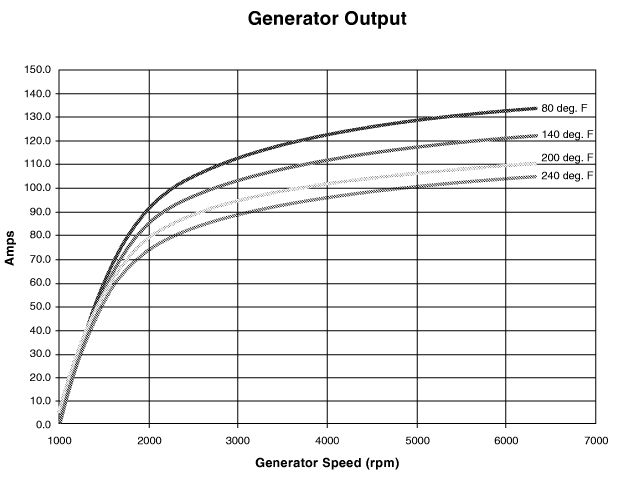Abbreviated thesis on headlights:
1) If you cannot see the bulbs clearly through the lenses, the light is being scattered going out, with much of it being reflected back into the housing. Your lenses need to look nearly as clear as glass. Replacements are cheap.
2) Pull up to a wall at night and check for aim. There are generic diagrams out there to show proper headlight alignment.
3) The stock configuration routes headlight power through a lot of relatively thin wire and switches. There are wiring harnesses out there that get more voltage to the bulb, and the difference in 1/2 volt is significant... there's a reason why these harnesses are popular, and they are easy to install too.
4) The 90A alternator is... shall we say, a fair weather alternator. But, if you start using major power accessories, such as the heater blower, wipers, and headlights, it has a hard time keeping up, and in fact, does not if you sit and idle for a long period of time with all that stuff on. The 130A alternator is an easy replacement, same bolts, belt, and connections. When I did this, I asked if they cared that I bought a 130A alternator and returned a 90A core, they were fine with it.
5) Still, the 130A alternator... that's 130A output at full engine speed. At idle, it's a lot less. See chart below (note, that's alternator RPM, not engine). To improve this, you can install an undersized alternator pulley, which will increase alternator speed relative to engine speed and give you better output at idle. You will also need a slightly smaller belt.
I'm giving you these steps in order of ease, price, and bang-for-buck. Just doing step 1, new lenses, may improve things dramatically.
Something people often try is to install the next generation bulb, I forget the designation, but you have to trim some tabs to make the bulb fit. I tried this too. The problem is that the filaments in the bulb are in the wrong orientation and position for the reflector to produce a good pattern. You get more light in all the wrong places, and it's a weird pattern, you can't fix it with aiming, it's just a waste of money.
You could certainly install some aftermarket lights to augment your existing lights. There are some low-profile LED lightbars that are pretty impressive! But, do not power these off the headlight circuit. You will burn out wiring, the headlight switch and/or the high/low beam switch. Run this power through a relay triggered by the high beam circuit or by a toggle switch of some kind.











